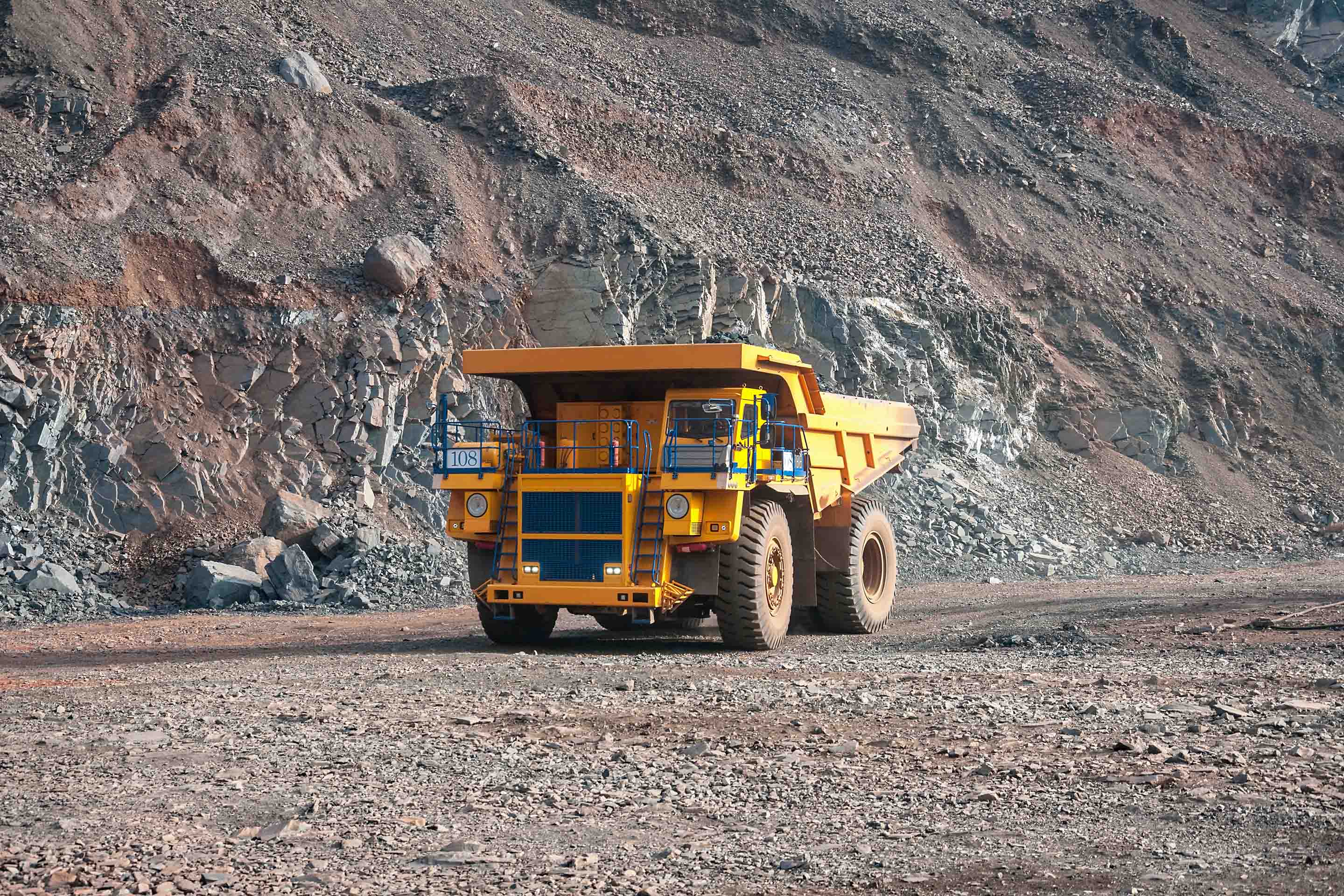Despite recent splashy headlines and impressive concept vehicles, all-electric mining and haul trucks are still in their infancy. However, the benefits of electric transmissions are compelling. With global fuel supplies proving unpredictable alongside an increasing need for more sustainable practices, diesel-electric trucks are proving a readily accessible and attractive alternative.
Where all-electric vehicles store their energy in batteries, diesel-electric models generate power there and then. That means no lengthy periods of charging. They do this by converting the mechanical force generated by the diesel engine via an alternator, much like a static diesel generator. This then directly powers an electric transmission and drives the vehicle.
But why introduce an electric transmission and all the associated complexity and additional costs that go along with it, when there is already a diesel engine present?
The benefits of an electric transmission system for mining trucks
The chief benefit of an electric transmission, from which a whole host of additional benefits stem, is not having a gearbox. This matters for several reasons.
Mining trucks can carry enormous loads, weighing up to 400 tons, often needing to be transported uphill. In terms of operating the vehicles, having no gearbox results in a far more user-friendly experience for the driver.
By removing gear changes, drivers no longer need to worry about losing momentum. What’s more, loose materials are far less likely to be lost when ascending without jolting gear changes, and the haul tracks take less overall wear. Being able to manage inclines more effectively also means they can be steeper. This means mining plans could even be redrawn to have lower strip ratios.
Looking internally at the transmission and drivetrain itself, further efficiencies can be found. Fewer moving parts, or friction units, means less oil is used in everyday vehicle maintenance. Not only does this result in significantly lower daily operating costs, the service life of major components can be longer than those with a mechanical drive, and there are also fewer parts to go wrong. This in turn can translate to higher vehicle availability and productivity rates, which is hugely important in an industry where vehicles work as close to 24/7 as possible.
When carrying large loads, breaking stationary inertia and building initial momentum also uses a lot of energy. Electric transmissions, however, are known for producing higher levels of torque, especially at these lower speeds, which is a huge benefit on vehicles weighing hundreds of tons. This results in easier, far more responsive starts, along with more consistent and reliable ascents, even at steeper inclines. At lower speeds, higher torque can also result in more responsive handling.
The benefits of turbocharging
The important thing is that that diesel-electric trucks are able to deliver these benefits efficiently, and that’s where turbochargers come in.
Turbochargers can be transformative to an engine’s performance, drastically improving power density and efficiency. The additional boost from forced induction can multiply the output power of an engine in comparison to a naturally aspirated engine, and can also result in substantial reductions in fuel consumption, CO2 and other emission – turbochargers on four-stroke engines can provide up to 75% of the engine’s power, despite equating to around 10% of the overall engine cost.
Yes, diesel-electric propulsion may sound complex in theory, but once the benefits for mining trucks are very clear, and supported by efficiency boosting turbochargers, they are a compelling option.
Image credit: Shutterstock/bondgrunge














